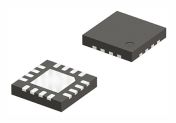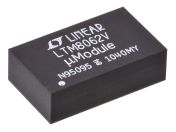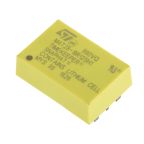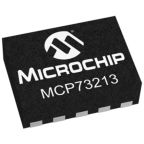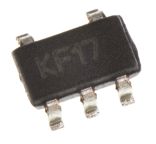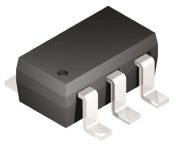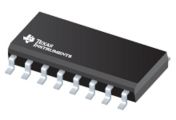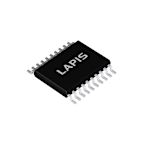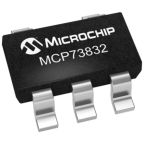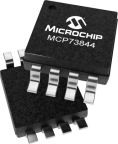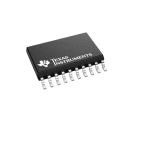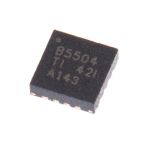Battery Management
Battery management devices are designed to work alongside battery powered applications. Adding a battery management IC to an electronic circuit can help to create a more efficient and reliable design which will last longer. Battery management can be used to reduce charging time, whilst enabling safe charging and low standby power usage. As electronic systems become more complex, it is essential to provide support through battery and power management ICs.
Battery management can be used with different types of battery, depending on the device. These battery types include lead-acid, Li-Ion, Lithium-Polyment, NiCD and NiMH.
Types of Battery Management IC
- Battery Chargers are designed to help charge the battery quickly whilst keeping it cool. Chargers work with rechargeable battery packs.
- Battery Fuel Gauges are available to give information on the charge of a battery. The fuel gauge gives information on the amount of charge available and the health status.
- Battery Monitors (or Battery Backup Managers) provide monitoring and supervision of the battery performance. They can monitor the voltage, current and temperature to prevent any damage to the battery. Battery backup managers offer backup power from the battery in case of a power outage.
Where are Battery Management ICs used?
These devices are found in most systems that use a rechargeable battery power supply, such as portable and wearable devices. Applications include:
- Smartphones
- Laptops
- Tablets
- Cameras
- Battery Powered Tools
- Electric cars
- Solar Panels
- Automation
What is a BMS?
BMS stands for Battery Management System. This is an electronic circuit that monitors and protects a rechargable battery. Battery Management Systems feature devices such as a charge controller, gauge and surge protector, to ensure that the battery does not operate outside of its capabilities. Therefore a BMS provides protection and increases the potential lifespan of the battery.
